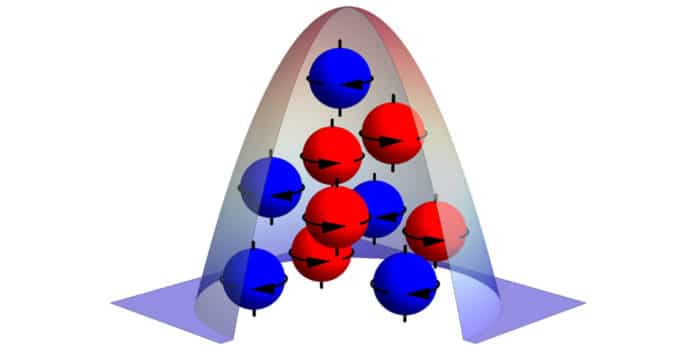Our current understanding of cosmology and nuclear physics suggests that dark matter can be formed from axions, hypothetical particles with unusual symmetry properties.
In a new study, scientists reported a new way to search for axions using the unique properties of Bose-Einstein condensates (BECs).
Scientists from the ICFO have built spinor BEC comagnetometer, an instrument for studying the axion.
Bose-Einstein Condensates (BECs) are gases cooled almost to absolute zero. Since BECs are superfluid, their constituent atoms are allowed to rotate for a few seconds without any friction, making them exceptionally touchy to both attractive fields and new colorful powers. A BEC is likewise extremely little, around 10 micrometers in size. To make a BEC comagnetometer, be that as it may, requires solving a tricky problem: how to put two BEC magnetometers in the same small volume.
In this study, scientists successfully solved this problem using two different internal states of the same 87Rb BEC, each one acting as a separate but co-located magnetometer.
The aftereffects of the experiments affirm the predicted high immunity to noise from the ordinary magnetic field and the ability to search for intriguing powers with a lot shorter extents than in past investigations. Other than searching for axions, the technique may likewise improve precision measurements of ultracold collision physics and studies of quantum correlations in BECs.
Journal Reference:
- Pau Gomez, Bose-Einstein Condensate Comagnetometer. DOI: 10.1103/PhysRevLett.124.170401
